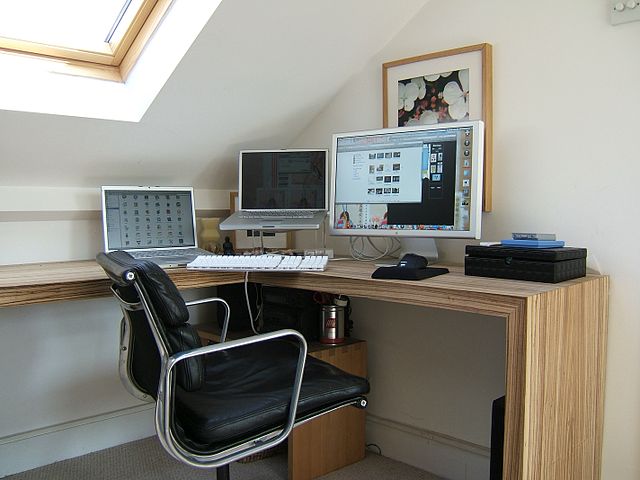The sports world lost two legends this past week, Pat Summitt and Buddy Ryan, and they will be missed immensely.
I have to admit that I don’t watch much college basketball, but growing up an avid sports fan I remember being in awe of Pat Summitt’s accomplishments – among many others there are her 1,000 wins, 8 championships, 7 NCAA coach-of-the-year awards. Other than Geno Auriemma, we may never see a coach like her again in women’s college basketball again.
Now, being a lifelong Philadelphia Eagles fan Buddy Ryan is deeply engrained in my memory. Buddy’s career spanned almost 30 years and was the defensive coordinator for the immortal 1985 Chicago Bears Super Bowl winning team that dominated the New England Patriots. Immediately after winning the Super Bowl, he was hired by the Eagles as their head coach. What I remember most vividly from his time with the Eagles were the Gang Green defense that was #1 across the board in 1991 and the Thanskgiving Day “Bounty Bowl” game against the Cowboys. Although his win-loss record wasn’t the greatest, all he epitomized the city of Philadelphia like no other coach in this town has since.
On to the question of the week: How do I go about claiming the home office deduction? Will this raise a red flag with IRS?
If I had a nickel for every time I have gotten these questions from a client, prospective client, family, friends, etc I would be sitting on the island I own right now! Let’s start with the first question as the tax rules can get quite complex so here are the basics rules:
- Exclusive Use – make sure the only activities that take place in your home office are business related. Don’t set your office up right next where you watch television every day.
- Regular Use – this is a “gray area” in the rules. The home office must be used for business on a regular basis, including meeting or dealing with patients, clients, customers, etc. Everyone’s business is different so situational facts and circumstances need to be considered for this rule.
- Principal Place of Business – yes, you can have more than one business location and still claim the deduction. However, the home must be the principal place of business. There are many factors to consider for this test, such as the amount of time spent as well as the type and importance of activities performed at the location.
- Employees – in addition to the rules above, employees must pass two more tests. The first is that the home office must be for the convenience of the employer. The second is that the home cannot be rented to the employer and also used for the home office.
If you pass all of these tests then you will use IRS Form 8829 to report the deduction. From there you can choose either the Actual or Simplified Method.
Actual Method
The first thing you need to do is gather up your expenses you paid for the year. Next you need to separate each expense out into Direct and Indirect expenses.
Direct expenses are for the home office only and are generally fully deductible. Some examples include office furniture, supplies, and repairs made directly to the home office area.
Indirect expenses are those that benefit the entire house, so they are partially deductible. The deduction is based on the ratio of the square footage of the home office versus the total square footage of your home. Examples of these types of deductions include real estate taxes, depreciation, mortgage interest, utilities, and homeowner’s insurance.
Simplified Method
If you didn’t keep your receipts or don’t have the time to go through this stuff, then this method is for you. Under this rule you are able to deduct $5 per square foot of the home office up to 300 square feet. So the max deduction is $1,500 all in.
Now that you have more of an understanding of the home office deduction, let’s tackle the second question. I’m sure most everyone has heard of some type of story of an entrepreneur that “started the business in the garage”. You may also know of someone who works for a company that allows them to work from home. These scenarios, as well as others, have increasingly led to more people claiming the home office deduction over the years.
There are no automatic audit triggers. In my 12+ years of experience I have worked with countless clients who have claimed the home office deduction for years and have never been audited. I have also worked some clients that didn’t claim any “red flags” and still got audited.
There’s no need to buy into the home office deduction myth. If you legitimately qualify for it, take it and don’t lose out on a legitimate tax deduction due to unsubstantiated fears.
Have a happy and safe Fourth of July weekend!







